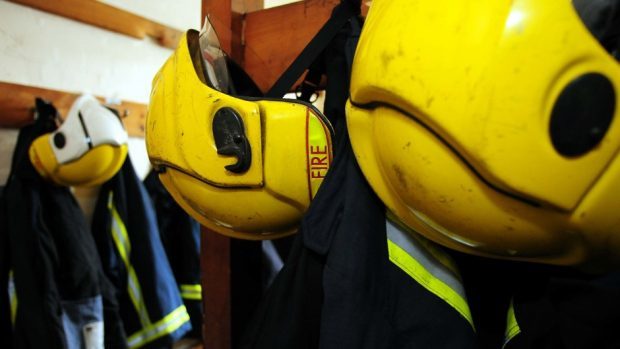Experts have told a fatal accident inquiry that a house fire which killed a disabled Inverness woman may have started from a loose connection or faulty wiring in part of her wheelchair.
Barbara Anderson, who had spina bifilda, was overcome by fumes after a blaze broke out in a bedroom inside her home in Leyton Drive, Hilton, in August 2013.
It emerged previously in the inquiry that Ms Anderson had left a message on the wheelchair workshop’s answering machine, five days before her death, suggesting there was a problem with the connection between her joystick panel and underlying wiring.
But this was only picked up a day after she died by the manager, who had just returned from holiday.
Yesterday, witness Andrew Hulse, who was meant to be covering in the workshop at the time, said that no formal structure was in place for the team to pick up messages left by wheelchair users in the region.
The performance and quality manager, who is employed by NHS Highland, added that a decision was taken in November 2013 to remove the component fitted to the right arm rests of all 18 electric chairs like Ms Anderson’s, after a review found a fault in one of them.
Scottish Fire and Rescue Service fire investigator, Darren Lahey, subsequently gave evidence to the inquiry on the state of bedroom electrical items – a charger cable, bedside lamp, hoist, nebuliser, electric blanket – and ruled them all out as the likely fire sources because they “only had external damage.”
He added: “The wheelchair could not be discounted as a source. We could not find lighters or matches in the area and we could not rule out completely a deliberate act, with the most likely cause being the origin of the wheelchair.”
Peter Grant-Hutchison, solicitor for Sunrise Medical, Ms Anderson’s wheelchair manufacturer, suggested two pieces of copper wiring shown in a photograph of the scene could offer another explanation of the source of fire, but Mr Lahey refuted this.
Kenneth Morton, electrical inspector for the Health and Safety Executive, who has 18 years of experience in the field, also gave his evidence in chief yesterday.
He concluded that the wheelchair charger was not plugged in at the time of the incident, which meant the only power supply available was from the wheelchair batteries.
He said that the extent of damage to the wiring between the joystick and batteries suggested this was a possible source of ignition.
This, he concluded, could have been caused by a loose connection or a wiring fault causing a short circuit and “arcing” effect – an air gap between two wires which, with enough energy, could act as a conductor.
The inquiry continues today, when Mr Morton will be cross-examined.
